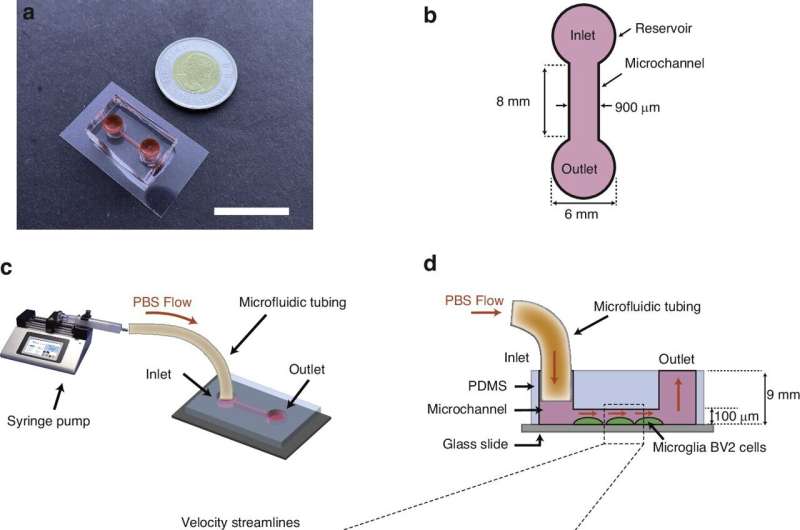The microfluidic platform allows scientists to study how microglia—the brain’s immune cells—respond to small, toxic clusters of protein fragments known as amyloid beta oligomers (AβO). These fragments are considered a key marker of the disease.
Normally, microglia help clear AβO from the brain. But in Alzheimer’s, they become over-activated when exposed to the harmful protein clusters, releasing inflammatory molecules that damage nearby neurons.

